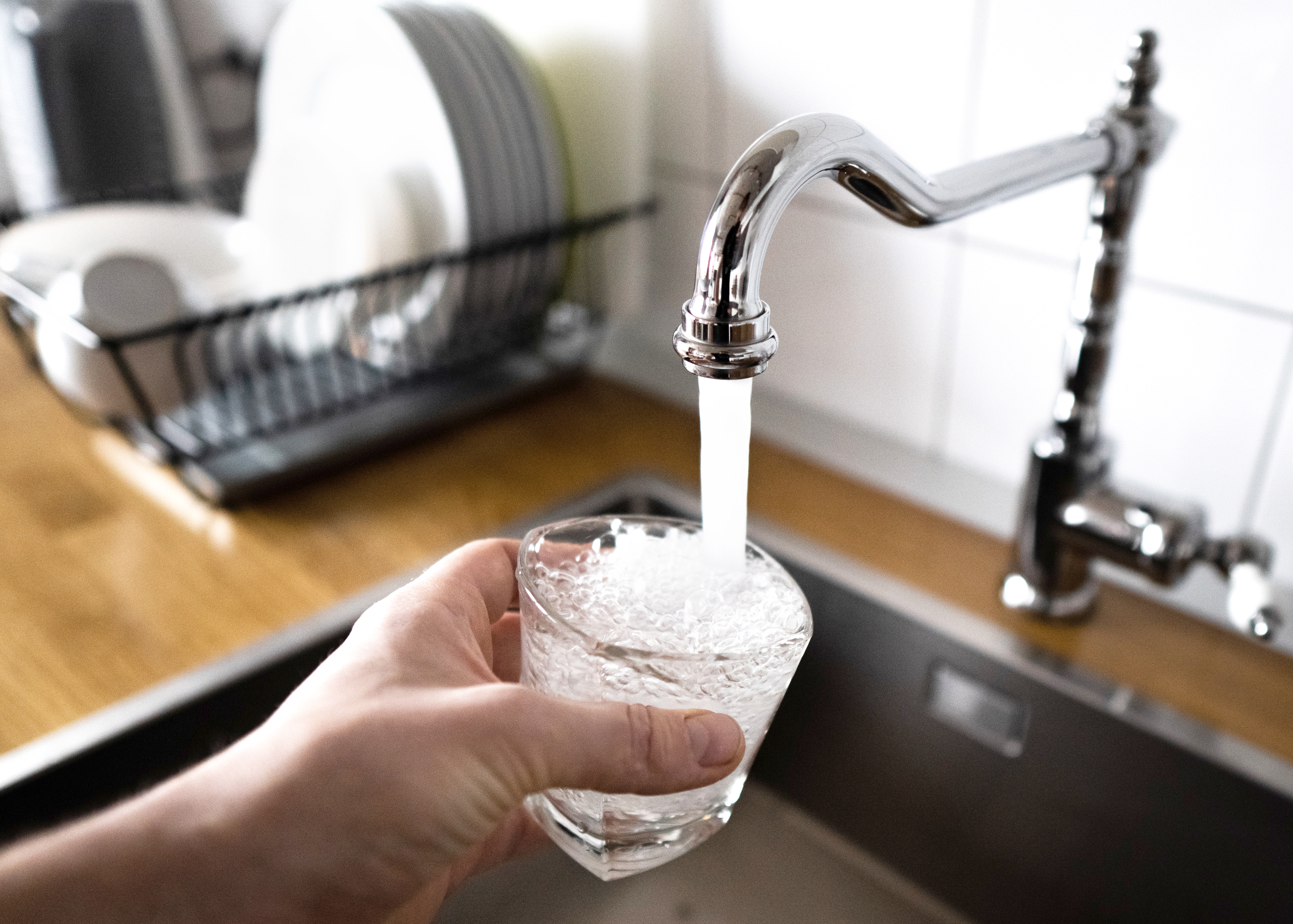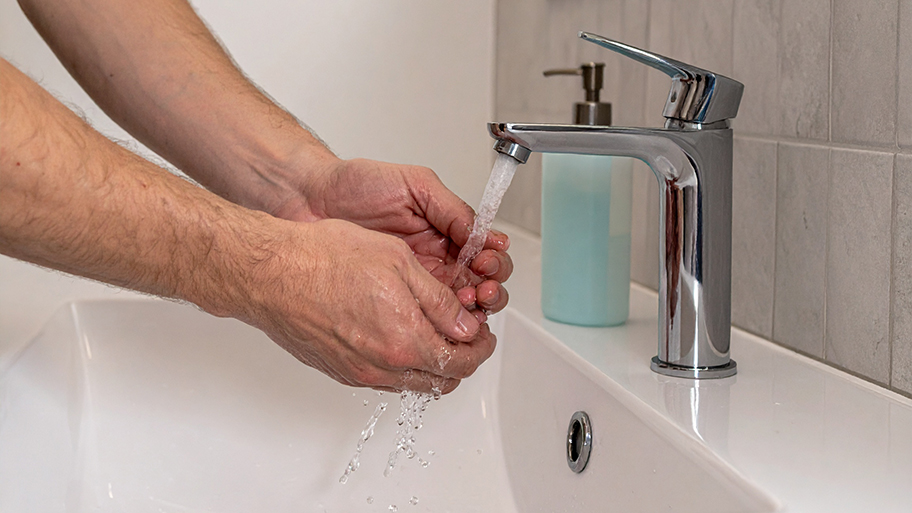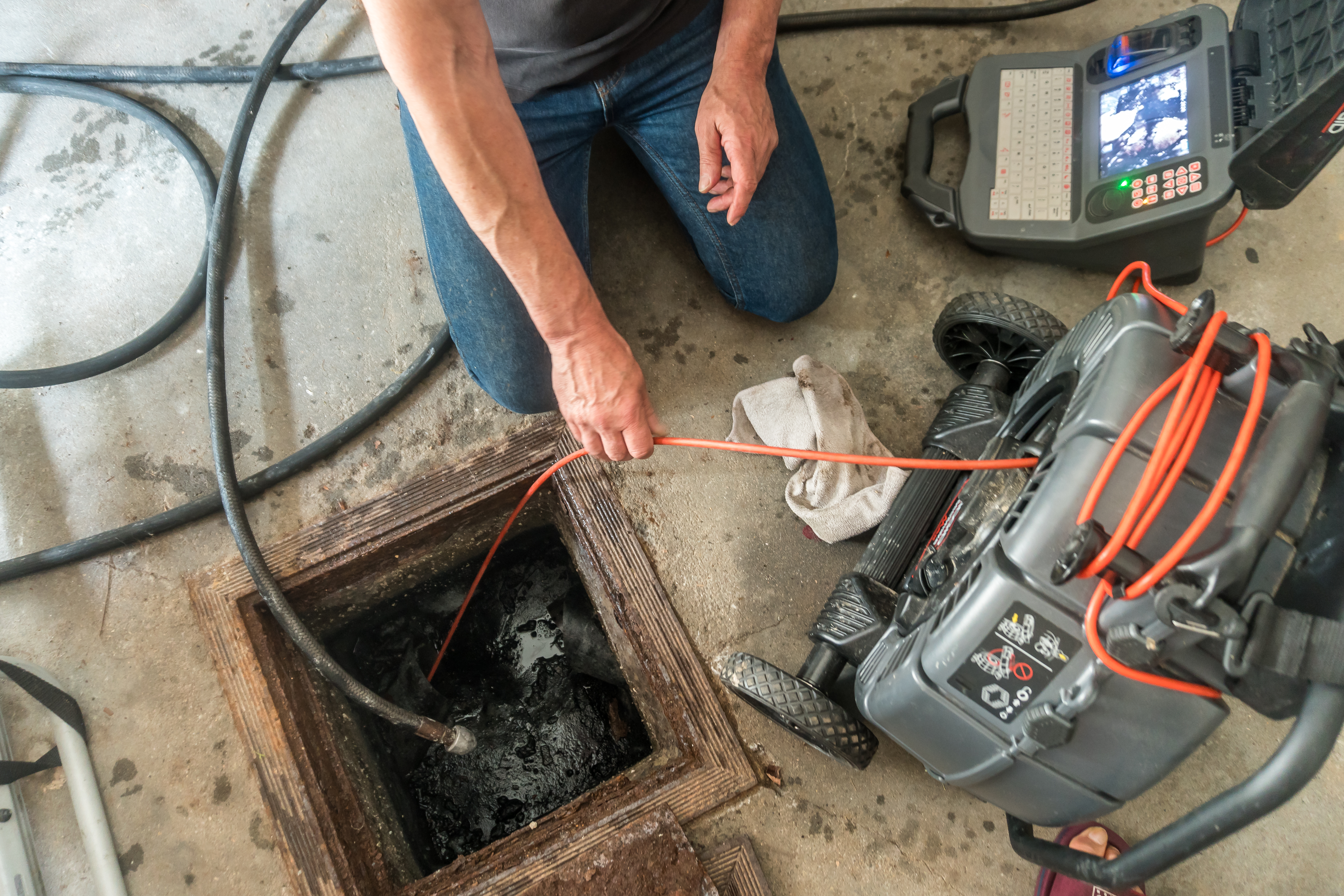
Learn how much plumbers cost in Columbus, Ohio. Discover pricing for faucet repairs, pipe work, and emergency services, plus how you can save money.
Sometimes your plunger needs a plan B


A clogged toilet can be a real headache, especially if you’ve tried plunging and other hacks with no success. The pipe system in a toilet is long and bendy, so if you've got a deep clog that won't come out with regular plunging alone, a toilet auger will help you get the job done. Also known as a toilet snake, this tool has a unique hooked head and crank handle that can reach in and remove even the toughest blockages—as long as you know how to use it properly. This guide will show you exactly how to use a toilet auger to unclog your porcelain throne so you don’t have to worry about calling a pro.
There are just a handful of things you need to do before using a toilet auger to set yourself up for success.
So you’ve tried plunging again and again with no luck. Before resorting to a toilet auger, determine where the problem lies. Most toilet clogs are caused by excess toilet paper or by objects that shouldn’t have been flushed (tiny toys, for example).
However, some toilet clogs occur because of damage to the sewage line, which is a problem that can only be fixed by a pro. You’ll know the latter is your issue if other plumbing fixtures (like your sink or shower) are also clogged or if brown or discolored water comes out of your faucet. In these cases, hire a local plumber to make sure everything is safely fixed.
If the problem is limited to your toilet, though, try using an auger to unclog it before recruiting a pro.
Unclogging a toilet can get messy, to say the least, so make sure that your surrounding area is as clear as possible. That way, overspill is easier to mop up, and nothing you love—like a hand-stitched bath mat—is at risk of contamination.
Getting an auger is easy—a good one costs less than $100, and some can be found for under $10, though you can also rent one from your local hardware store if you’d rather not have to worry about storing this additional tool. Daily rates to rent an auger range from $35 to $45 on average.
When unclogging a toilet, the last thing you want to deal with is overflow and your whole bathroom turning into a contaminated splash zone. Turning off your water supply before getting started will ensure that doesn’t happen and that any and all water stays in the toilet.
Though it’s not a task we all look forward to, draining your toilet before unclogging it is a must. Fortunately, there are a couple of ways to do this without getting your hands involved. Start by using a plunger to force water down the drain. Make sure the water supply is off when you do this or the toilet might fill with more water.
If this method doesn't give you the right results, put on a pair of sturdy, rubber gloves and use a plastic cup or bowl to transfer the remaining liquid into a bucket. Then, dispose of the liquid by flushing it down another, unclogged toilet in your home.
Place the rounded end of the toilet auger into the toilet drain so that the tip is facing the drain. Gently push the auger inward until you can no longer see the cable. While doing this, avoid making contact with the bowl to avoid scratching your toilet’s porcelain finish with the auger’s tip.
Turn the handle to extend the auger cable into the pipe. When you meet resistance, that means you’ve found the clog.
Once you’ve found the blockage, you’re free to remove it. Do this by turning the crank counterclockwise until the cable reemerges and takes the clog along with it. Transfer the remnants of your clog to a bucket and dispose of it.
If it still shows signs of a clog, you may need to repeat this process once or twice more. When the toilet flushes without an issue, you’re good to go.
We all want to solve our toilet-related problems on our own, but sometimes it’s best to let the pros handle things. If you’ve been hammering away at that clog and it’s just not coming loose, maybe you need someone with experience and more heavy-duty tools capable of getting the job done. And it’s possible that the problem isn’t a clog at all! Whatever the case, a plumber can figure it out. Plumbers charge $45 to $200 an hour, so you can save a lot by giving your toilet the old DIY try.
Look for a plumber near you, compare rates and reviews, and settle on one to come out and look at your toilet. Once you do, you’ll have a working toilet in no time.
From average costs to expert advice, get all the answers you need to get your job done.

Learn how much plumbers cost in Columbus, Ohio. Discover pricing for faucet repairs, pipe work, and emergency services, plus how you can save money.

Learn about main water line repair costs in Columbus and what affects pricing to be prepared before you start getting estimates.

Discover the leading factors affecting your main water line replacement cost in Columbus, including length, material selection, and installation details.

Replacing or upgrading plumbing in your home? Make sure you know how to measure pipe size accurately to avoid buying the wrong materials.

The water main line is essential to your home’s plumbing. Over time, it can develop wear or damage. Find out how much a main water line replacement costs here.

Understand Title 5 inspection costs, including average prices, key cost factors, and tips to save money on your septic system inspection.